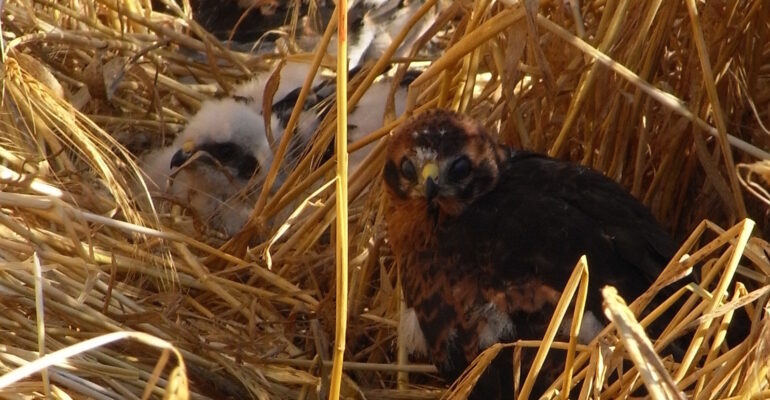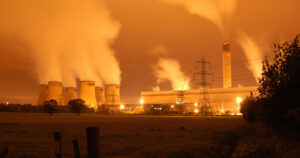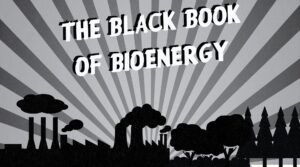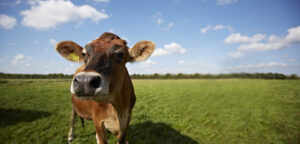Corn mania, the absurd hunger for bioenergy in Germany
By guest author Dr. Uwe Baumert, expert for renewable energies, Regional Deputy Chairman, NABU-Lower Saxony
One can see that landscapes have been changing in Germany as wild herbs, cows and insects disappear, especially across grasslands. Why? It’s because of “corn-mania” or “maizification” which is driving the disappearance of peatland and causing degeneration of entire landscapes into monotonous intensively farmed areas without any diverse flora and fauna left behind.
Grasslands are ecologically valuable elements in the agricultural landscape and an indispensable part of multifunctional agriculture. High Nature Value grasslands have suffered severe declines in recent years with worrying consequences for soil, water, biodiversity and the climate. In Germany, there have been specific declines in Lower Saxony with an overall 5.2% loss (2003-2013)[1]. Even more dramatic are the losses that have occurred in northern parts of Lower Saxony between 1991 and 2013; in the district of Rotenburg (Wümme) a decline of 17% and in Cuxhaven a decline of even 28% were recorded[2]. This has happened mainly because of increasingly intensive agriculture, including that for energy production along with associated land use changes.
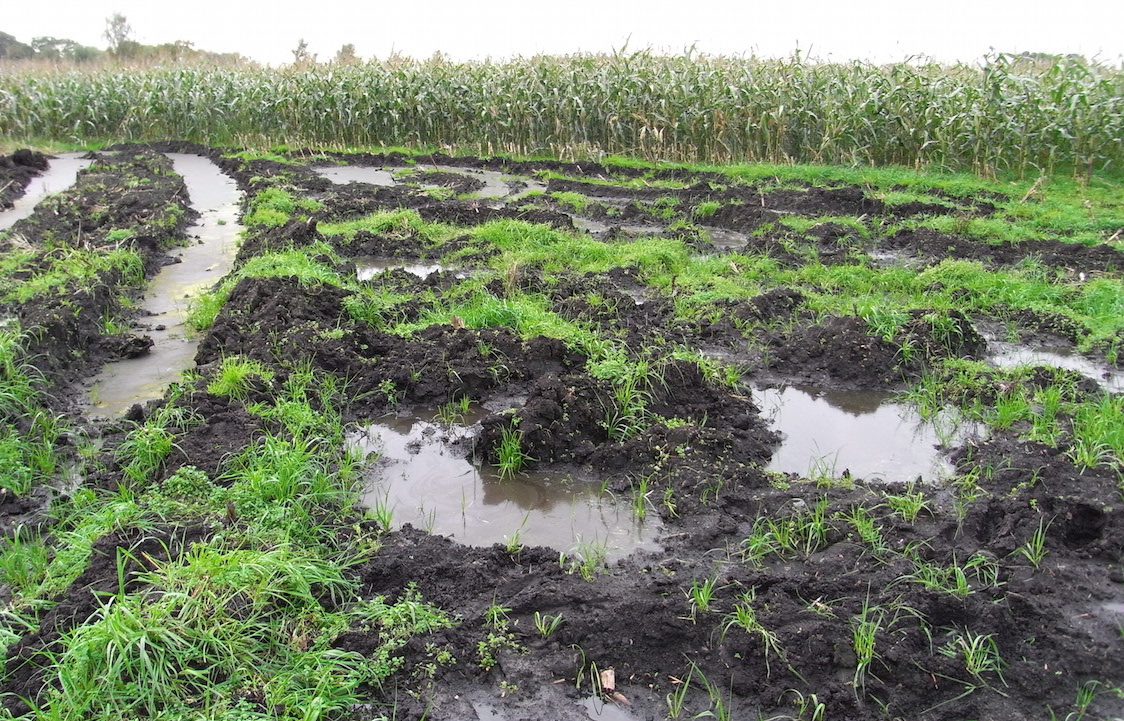
Ploughing up peaty grassland for maize © NABU, Uwe Baumert
Peatland destruction for bioenergy
Peatlands are important climate-wise because they store vast amounts of carbon. Lower Saxony has the most peatland in Germany with bogs covering over 2,500 km2 and an even more extensive area of fen. More than half of Lower Saxony’s peat soils are used as grassland and 15% are cultivated by farmers[3]. It becomes particularly counter-productive from a climate perspective when grassland peaty soil is destroyed and replaced by maize for biogas in the name of saving emissions since maize for biogas creates about 200 grams of CO2 emissions per kilowatt hour, while on converted peatland it creates up to 700 or even 800 grams. The climate arguement is totally absurd considering a natural gas power plant “only” emits 400 grams of CO2 per kilowatt hour[4].
“Maizification” or “corn mania”
A combination of bioenergy, especially biogas, with livestock activities, have together been a strong engine for the “maizification” of the German countryside. In northern parts of Lower Saxony, e.g., the district Rotenburg (Wümme), there are more than 150 large biogas plants and maize is grown on 63% of the total arable land. In some areas, this rises to 75%, and places even greater pressure on biodiversity[5].
The conversion of the cultural landscape to maize has displaced many grassland birds. In this way, Northern Lapwing, Grey Partridge, Eurasian Curlew, and other species have no future. Nests are being destroyed and feeding grounds have become worthless. For species like the Barn Owl and Red Kite, life has become even more difficult as giant grasses and maize remove the clear views from fields where they normally hunt for prey. When food is scarce, breeding success declines or even worse, no chicks survive.

Biogasplant and maize © NABU, Uwe Baumert
The Montagu’s Harrier is on the EU’s Red List. Out of about 300 pairs nationwide, 30-40 breeding pairs could still be found in Lower Saxony. In 2004, NABU (BirdLife in Germany) together with the local Nature Conservation Authority of Rotenburg began protecting Harrier breeding grounds with electric fences. While in the first year they managed to protect 4 breeding pairs with 11 chicks, by 2013, I probably photographed the last pair with two chicks. The Harrier, chased from drained peatlands with maize growing instead, had no further chance of survival.
Below ground biodiversity has been suffering as well. The earthworm is fighting for its survival in the soils beneath the maize. This is rather alarming since the earthworm is more important for the future of our society than the largest bank. Soils love and need earthworms because they eat through the earth, they draw plant residues in the soil, they crush, loosen and mix the soil and allow water to infiltrate more easily.
What is policy doing?
For many years, the German renewable energy law (EEG) has been promoting this bioenergy hunger without any sustainability criteria. Although no specific subsidies were targeted at growing maize, its general profitability has made it the most grown crop for biogas in Germany. Although laws changed in 2014 so that part of the harmful elements were removed, also removed were incentives which encouraged use of more beneficial alternative energy crops, like mixes of regional flowering plants. This is a shame as they were slowly gaining ground.
Solutions which allow biogas to have a better relationship with nature have yet to be found. But governments could put in place regional measures which take into account climatic and soil conditions for the cultivation of appropriate energy plants. Alternatively, they could begin to offer professional guidance to open-minded and innovative farmers who want to use alternative energy crops other than maize which are beneficial for biodiversity.
Note: The views and opinions expressed in this guest blog post are those of the author and not necessarily supported by BirdLife Europe/EEB/T&E.
Banner Photo: Montagu Harrier chicks © NABU, Uwe Baumert
[1] A decrease of even 8% from 1991 to 2013. source: Ministerium für Ernährung, Landwirtschaft und Verbraucherschutz Niedersachsen 2012/2015 and Landwirtschaftskammer Niedersachsen Bremervörde 2014, Oldenburg 2015
[2] Landwirtschaftskammer Niedersachsen Bremervörde 2014, Oldenburg 2015 and Landkreis Rotenburg (Wümme), Stabsstelle Kreisentwicklung /Regionalplanung 2013-2015
[3] Julius-Thünen-Institut / heute: Thünen-Institut
[4] Agrarstatistisches Kompendium Niedersachsen 2011; and Julius-Thünen-Institut / heute: Thünen-Institut; and Eigene Berechnungen basierend auf „Wissenschaftlicher Dienst des Bundestages“,“Sach-verständigenrat für Umweltfragen der Bundesregierung sowie weitere Quellen
[5] Landwirtschaftskammer Niedersachsen Bremervörde 2014, Oldenburg 2015 and Landkreis Rotenburg (Wümme), Stabsstelle Kreisentwicklung /Regionalplanung 2013-2015

